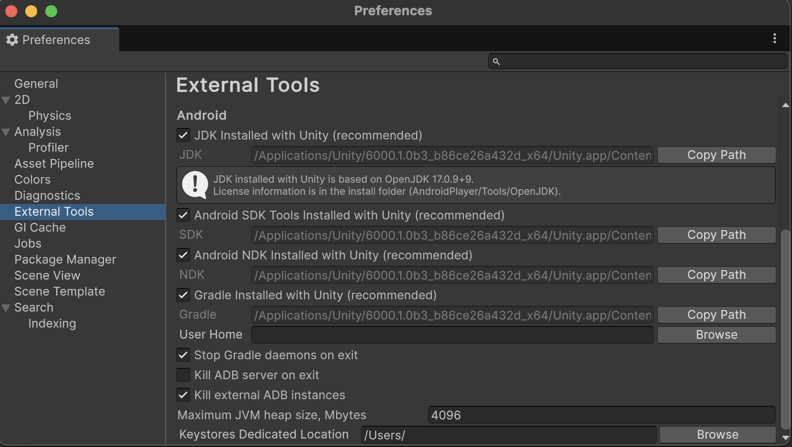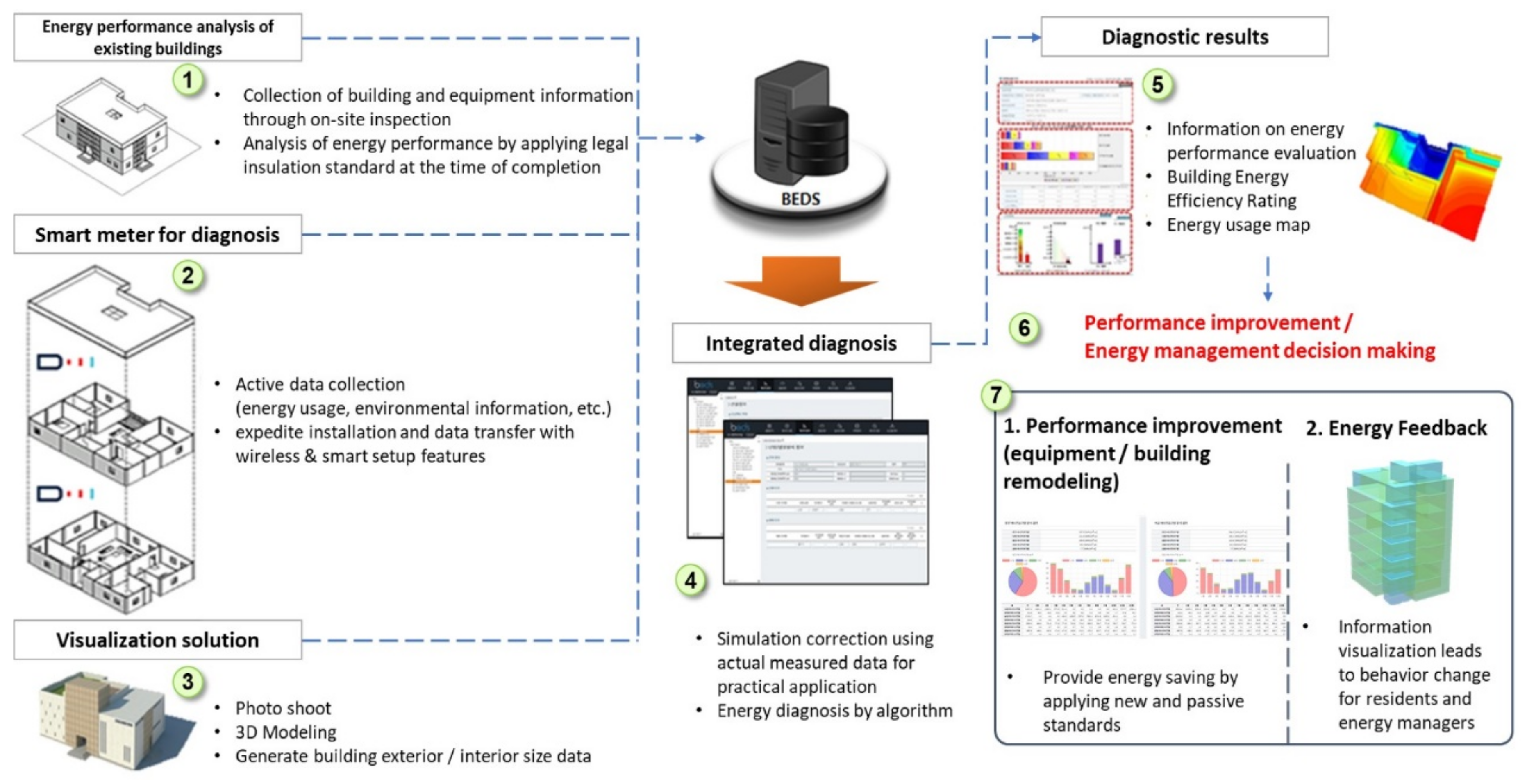

- HOW TO INSTALL ENVIRONMENTAL VISUALIZATION ENHANCEMENT HOW TO
- HOW TO INSTALL ENVIRONMENTAL VISUALIZATION ENHANCEMENT FULL
- HOW TO INSTALL ENVIRONMENTAL VISUALIZATION ENHANCEMENT WINDOWS
Assuming you use Azure AD, to get up and running with Microsoft Sentinel, we recommend that you install at least the following workbooks:Īzure AD: Use either or both of the following:.Search for a specific workbook to see the whole list and description of what each offers.Under All, you can see the whole gallery of built-in workbooks that are available for installation. Under Installed, you can see all your installed workbook. The workbooks are based on Azure Monitor Workbooks to provide you with enhanced customizability and flexibility in designing your own workbook.
HOW TO INSTALL ENVIRONMENTAL VISUALIZATION ENHANCEMENT WINDOWS
The built-in workbooks include Azure AD, Azure activity events, and on-premises, which can be data from Windows Events from servers, from first party alerts, from any third-party including firewall traffic logs, Office 365, and insecure protocols based on Windows events. You can click on Chart to see when the spike happened, and then filter for activities that occurred during that time period to see what caused the spike.īuilt-in workbooks provide integrated data from your connected data sources to let you deep dive into the events generated in those services. For example, click on the spike in Azure Activity. If anomalies are detected, you should deep dive into them to see what happened.

If there aren't any anomalies, nothing is displayed. For example, if you have a sudden peak of 20 Pass-the-hash events from Microsoft Defender for Identity (formerly Azure ATP), it's possible that someone is currently trying to attack you.ĭata source anomalies: Microsoft's data analysts created models that constantly search the data from your data sources for anomalies. If you see a sudden peak in a specific type of alert, it could mean that there is an active attack currently running. Recent incidents: To view your recent incidents, their severity and the number of alerts associated with the incident. If you see Outbound (red) activity, it means that data from your network is being streamed out of your organization to a known malicious IP address. If you see orange, it is inbound traffic: someone is trying to access your organization from a known malicious IP address. Potential malicious events: When traffic is detected from sources that are known to be malicious, Microsoft Sentinel alerts you on the map. If you see a spike that's unusual, you should see alerts for it - if there's something unusual where there is a spike in events but you don't see alerts, it might be cause for concern. The main body of the overview page gives insight at a glance into the security status of your workspace:Įvents and alerts over time: Lists the number of events and how many alerts were created from those events. If there is an increase, something suspicious may have happened. If there is a drop, it could be that a connection stopped reporting to Microsoft Sentinel. Check to see that there isn't a dramatic increase or drop in the number of events. The toolbar tells you from these events, the alerts that were triggered (the small number represents change over the last 24 hours), and then it tells you for those events, how many are open, in progress, and closed. The toolbar across the top tells you how many events you got over the time period selected, and it compares it to the previous 24 hours. In the Azure portal, select Microsoft Sentinel and then select the workspace you want to monitor.

Incidents are groups of related alerts that together create an actionable incident that you can investigate and resolve. To help you reduce noise and minimize the number of alerts you have to review and investigate, Microsoft Sentinel uses a fusion technique to correlate alerts into incidents.

You can click on each element of these tiles to drill down to the raw data from which they are created. To visualize and get analysis of what's happening on your environment, first, take a look at the overview dashboard to get an idea of the security posture of your organization. You can either use built-in workbooks or create a new workbook easily, from scratch or based on an existing workbook.
HOW TO INSTALL ENVIRONMENTAL VISUALIZATION ENHANCEMENT FULL
Microsoft Sentinel gives you workbooks that provide you with the full power of tools already available in Azure as well as tables and charts that are built in to provide you with analytics for your logs and queries. After you connected your data sources to Microsoft Sentinel, you get instant visualization and analysis of data so that you can know what's happening across all your connected data sources.
HOW TO INSTALL ENVIRONMENTAL VISUALIZATION ENHANCEMENT HOW TO
In this article, you will learn how to quickly be able to view and monitor what's happening across your environment using Microsoft Sentinel. Learn more about recent Microsoft security enhancements. Azure Sentinel is now called Microsoft Sentinel, and we’ll be updating these pages in the coming weeks.


 0 kommentar(er)
0 kommentar(er)
